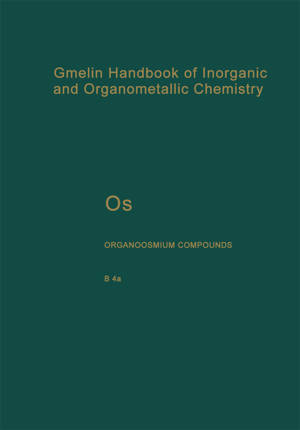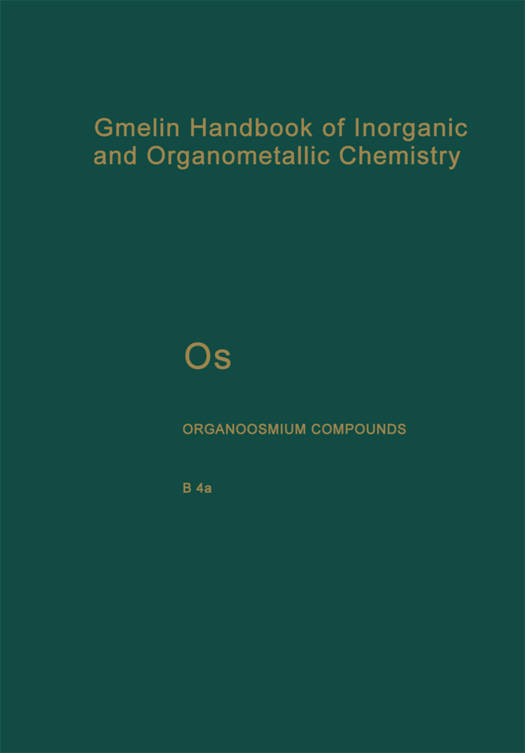
- Afhalen na 1 uur in een winkel met voorraad
- Gratis thuislevering in België vanaf € 30
- Ruim aanbod met 7 miljoen producten
- Afhalen na 1 uur in een winkel met voorraad
- Gratis thuislevering in België vanaf € 30
- Ruim aanbod met 7 miljoen producten
Zoeken
Omschrijving
The GmeLin series "Organometallic Compounds" comprises compounds containing at least one carbon-to-metal bond (except cyano compounds, which are considered inorganic). It includes all information in scientific journals, but patents, conference reports, and disserta- tions generally were not reviewed. The volumes published so far are listed on p. V/' Organometallic compounds are classified according to their nuclearity and the bonding mode of the organic ligands nL. Nuclearity means the number of atoms of the title metal in the formula unit disregarding any additional metals that may be present. The term nL designates a ligand bonded by n carbon atoms to one or different atoms of the title metal. As usual, a-bonded 1 L ligands are designated by R. Inorganic ligands (Le., ligands bonded exclusively by elements other than carbon) are generally designated by 0 or X. 0 means donor ligands such as pyridine or phosphanes; m-electron donors are specified by mO. X is reserved for negatively charged ligands or other one-electron donors such as halogens or SnR; bridging X ligands may donate one 3 2 2 2 ( -H), three ( -Cl, -OR), or five ( 3-1) electrons. Terms such as lL_ 0, 20-X, or 20_ 0_ 0 may be used for multidentate ligands. Heterometals are often designated by M, and bridging elements, bridging groups, or nonmetallic cluster constituents by E. The symbols 1] and follow the IUPAC nomenclature.
Specificaties
Betrokkenen
- Auteur(s):
- Uitgeverij:
Inhoud
- Aantal bladzijden:
- 179
- Taal:
- Engels
- Reeks:
Eigenschappen
- Productcode (EAN):
- 9783662075418
- Verschijningsdatum:
- 3/10/2013
- Uitvoering:
- Paperback
- Formaat:
- Trade paperback (VS)
- Afmetingen:
- 170 mm x 244 mm
- Gewicht:
- 322 g

Alleen bij Standaard Boekhandel
+ 186 punten op je klantenkaart van Standaard Boekhandel
Beoordelingen
We publiceren alleen reviews die voldoen aan de voorwaarden voor reviews. Bekijk onze voorwaarden voor reviews.








